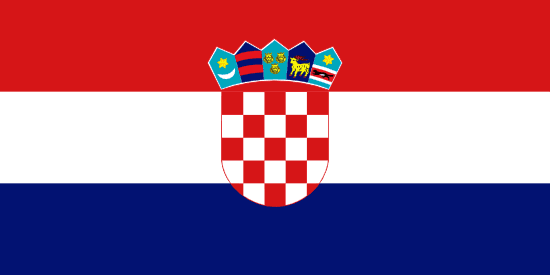"Grad-muzej pod zvijezdama | The city-museum under the stars"
About:
Trogir, a historic town and harbor on the Adriatic coast in Split-Dalmatia County, Croatia, was founded by Greek colonists in the 3rd century BC. It flourished under Roman rule, then Byzantine, Venetian, and Habsburg. Trogir's rich history is evident in its preserved old town, a UNESCO World Heritage site, showcasing Romanesque, Renaissance, and Baroque architecture. After World War II, it became part of Yugoslavia, and since 1991, it's been part of independent Croatia, attracting tourists with its historical charm.
When to visit:
Trogir, a historic town located on the Adriatic coast of Croatia, enjoys a Mediterranean climate with hot summers and mild winters. The peak tourist season in Trogir typically runs from June to August when the weather is warm and the town is bustling with visitors. For a more relaxed and budget-friendly experience, consider visiting in the shoulder seasons of late spring (May) or early autumn (September) when the weather is still pleasant but the crowds have thinned out. Winter can also be a charming time to visit Trogir, offering a quieter atmosphere and a chance to explore the town's historic sites without the summer crowds.
When to avoid:
Traveling to Trogir, a historic town in Croatia, during the peak holiday season in July and August may not be ideal due to large crowds and high temperatures. The narrow streets and popular attractions can become overcrowded, hindering the overall travel experience. Additionally, accommodation prices tend to be at their highest during this time, potentially straining the travel budget. To avoid these challenges, travelers may consider visiting Trogir during the shoulder seasons of spring or fall for a more comfortable and cost-effective journey.
Winter Season (Dec-Feb)
Trogir, Croatia experiences its coldest and wettest season from November to February. Average temperatures hover around 8-11°C, with January being the coldest month. Rainfall peaks in November and December, with up to 113mm precipitation. Sunlight is limited to approximately 5 hours per day, with frequent cloud cover. An average day may include overcast skies with intermittent rain showers. Despite the chill, the city's historic charm remains, but outdoor activities may be limited. It's a quiet time for introspective walks through the ancient town and cozying up in local cafes.
Summer (June-August)
In Trogir, Croatia, the warmest part of the year typically falls between June and August. During this period, the average high temperatures range from 28°C to 31°C (82°F to 88°F). Rainfall is relatively low, averaging around 30-40mm per month, making it the driest part of the year.
The region enjoys about 13-14 hours of daylight per day, with the sun usually rising between 5:00 and 6:00 AM and setting between 8:00 and 9:00 PM. Humidity levels are moderate, generally ranging from 50% to 70%. Cloudiness is also minimal, with clear or mostly clear conditions prevailing most of the time.
A typical day for a visitor in Trogir during this period feels warm and sunny, with a slight breeze coming from the Adriatic Sea helping to keep conditions comfortable. The mornings are usually clear and bright, perfect for sightseeing or relaxing on the beach. Afternoons can be a bit hotter, but the humidity is rarely oppressive, making it still pleasant for outdoor activities. The evenings are warm and inviting, ideal for enjoying al fresco dining or a leisurely walk along the historic town's cobblestone streets.
Language:
In Trogir, a historic town in Croatia, the most commonly spoken language is Croatian. This South Slavic language is the official language of Croatia and is spoken by the majority of the population. Additionally, due to the city's popularity as a tourist destination, English, German, and Italian are also frequently spoken.




